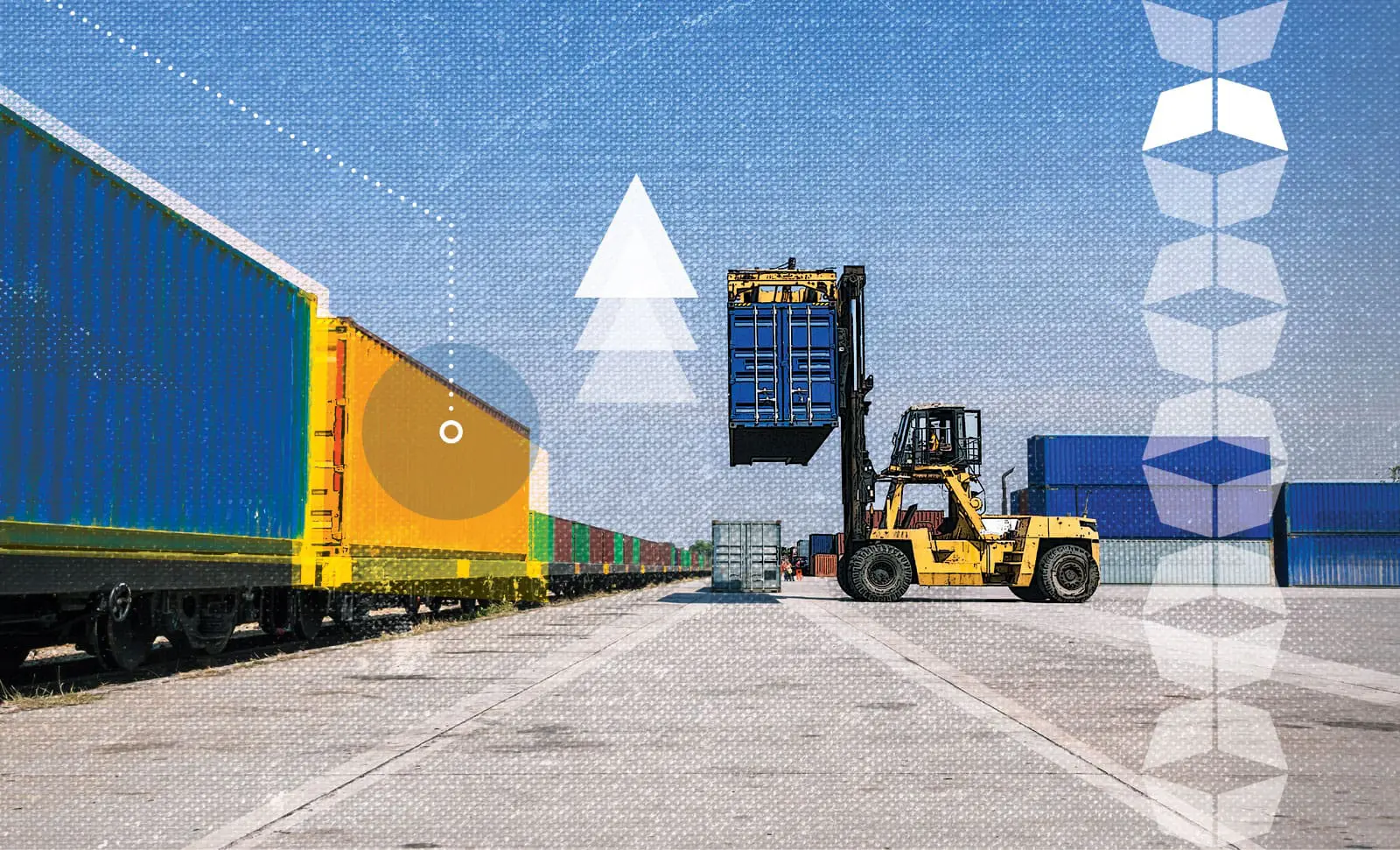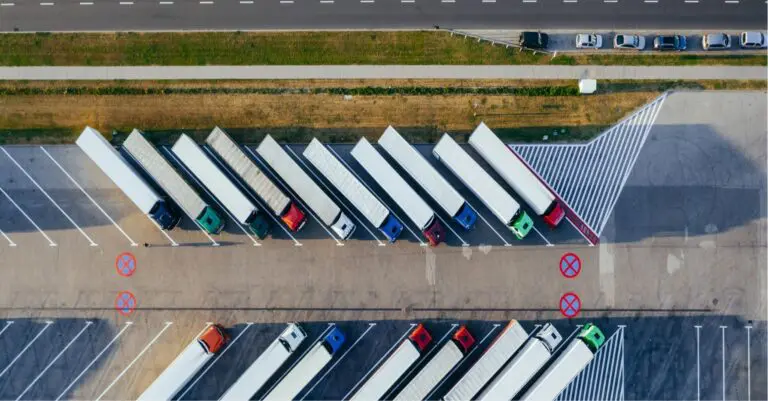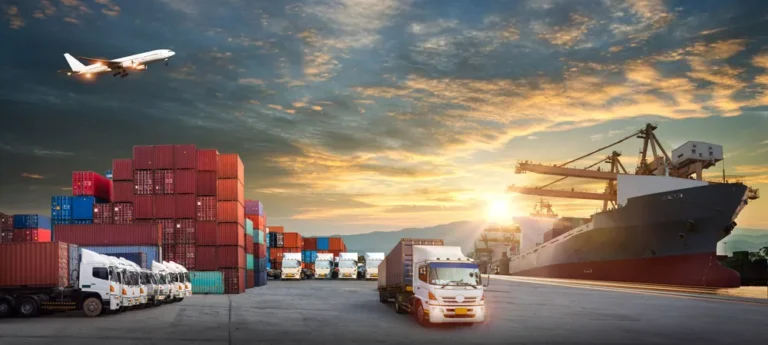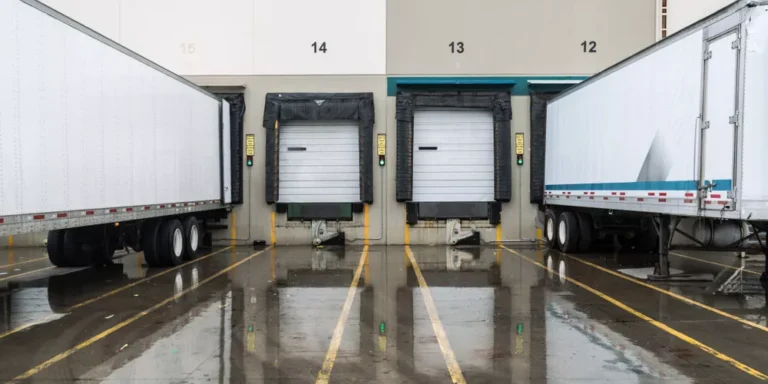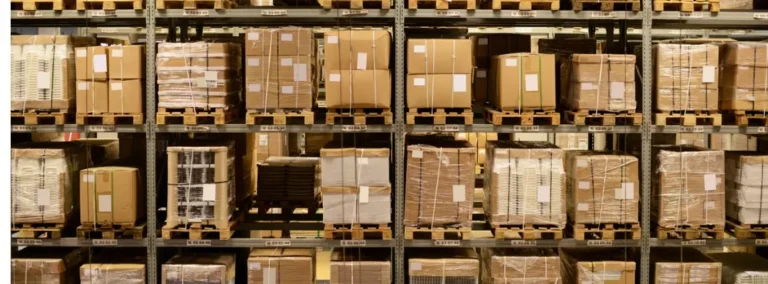What is Transloading?
Transloading refers to the process of moving pallets of products, equipment, and other shipments from one location to another using more than one mode of transportation. At first, people tend to consider transloading as a way to bring goods from foreign sources on ocean freight carriers to domestic shores. Once a vessel docks, those goods are then transferred from the port to designated trucks set to unload at warehouses and distribution centers in various locations in the U.S.
But there’s more to transloading than efficient dock-and-drop delivery.
Transloading Offers Convenience
Companies of all sizes can find advantages by integrating transloading operations in their business. For example, retailers often use rail service for the first leg of the shipment route to capitalize on cost savings and then switch to trucking for last-mile delivery.
Transloading can also be used to move equipment and materials between job sites, ideal for construction companies; warehouse-to-warehouse points, for quick inventory management pivots; and warehouse to end-customer locations, helpful toward shortening lead times.
What Is a Transload Facility?
To fully understand the transloading process, it takes a detailed accounting of what the journey entails and how the products are handled.
A case in point: When building materials are moved from a rail-served warehouse to commercial development site, the transportation routes can be difficult, especially in places where paved roadways and other access points are unfinished. Imagine a new home community before the models are complete.
Trucks hauling heavy equipment on gravel can gingerly navigate through dirt for a short while, but those conditions can prove too stressful after completing their initial long haul on asphalt. If rail is available, with locations covering the larger legs of the route, material suppliers and warehouses can load and ship those products more efficiently, and transload onto trucks for final delivery.
The Loading Process
The shipment may have arrived in a freight container, or it might be stored inside a vehicle trailer. Either way, the products need to be placed onto the train at a transloading facility or intermodal yard. Because these loads are weight intensive, transloading handlers need assistance from heavy equipment, like cranes, to move entire containers or trailers up a ramp where they are loaded onto a flat car.
Alternatively, forklifts, pallet jacks, and other material handling equipment can remove products from the freight container or trailer and place them into a rail car, box car, hopper, or flat car instead. But there may be shipment packaging requirements, shipment types, and shipment sizes as determining factors in what works for the destination.
For customers moving multiple pallets and crates from different warehouse locations to the railyard, transloading can be set up differently. Once those shipments are consolidated into one freight car, arriving at a specific location for an end customer or job site, the materials are transloaded from the train to a truck that will transport the goods to the destination.

Types of Materials Transported Via Transloading
Aerospace, communications, construction, chemical, food, and retail industries, as well as military agencies count on transloading methods to ship goods. Some of the most common types of products and substances shipped can include:
- Construction materials: Lumber, metals, cinderblocks, bricks, sheetrock, loose gravel, and natural stones
- Warehouse merchandise: Palletized freight, shipping containers, boxes, general merchandise, small appliances, and equipment
- Oversized cargo: Military equipment, military vehicles, aerospace components, telecommunication equipment, transformers, heavy machinery
- Specialized freight: Hazardous chemicals and materials, cryogenic materials, temperature-sensitive/climate-controlled shipments
Benefits of Transload Operations
Transloading is a unique tactical strategy that can be integrated in shipping routes at any time; and the added value it brings is hard to beat.
Transloading benefits may include:
- Supply chain flexibility: Transloading expands transportation options, allowing businesses to reach customers in diverse and remote locations. By combining different shipping modes (e.g., rail, truck, or ocean freight), companies can optimize routes and delivery methods, ensuring products move efficiently, safely, and cost-effectively to their final destination.
- Lower overall costs: By integrating rail services as part of a transloading strategy, cost savings are the result of a reduction in fuel use, with rail emitting up to 4x less emissions per ton of cargo compared to truck transportation.
- Freight consolidation: Rail cars have the capacity to carry more freight than trucks, so there’s less time spent on scheduling inefficient truck stops and routes, and more opportunities to put warehouse management to work. By organizing product pickups from multiple locations along the rail route, trucks are ready to move and deliver or load shipments into rail cars, and consolidate for the final delivery haul.
Transloading vs. Intermodal
Transloading is the process of transferring cargo from one mode of transportation to another and can happen at a variety of locations including seaports, airports, and rail yards.
Intermodal is a type of transloading involving two modes of transportation using different methods to move products and materials, such as ships and trains.
Businesses that need to move large quantities of goods between different modes of transportation seek logistics providers offering transloading services. Why? It’s a specialty involving loading and unloading of products onto different vehicles and transferring cargo between containers. Depending on the types of cargo, like chemicals, training, certifications, and regulations may be required for handling the product.
Transloading and Cross-Docking
Cross-docking is another kind of transloading, referring to the transfer of cargo between inbound and outbound delivery transportation with little to no storage involved. Also known as transshipping, cross-docking deploys a single type of transportation to move products, which is different than intermodal. For example, a shipment requiring one truck to move freight halfway across the country and then loading the shipment onto another truck to complete the route is cross-docking.
Transloading Site Experts
Logistics can be complicated—transloading opens the door to greater efficiency in shipment routing, warehousing, and energy consumption. More than that, transloading helps streamline operations while meeting customer expectations, assuring products reach destinations on time and under budget. And with the added flexibility transloading provides, companies can move products in more ways across multiple locations by merging rail and trucking to experience better outcomes.
Before considering transloading as an option for moving shipments, it’s important to partner with a 3PL that not only understands transloading but has the capabilities to engage its real benefits. If a logistics business cannot claim longstanding relationships with railroads, truckload carriers and dray operators, can they manage transloading and intermodal strategies well? Not likely.
About the Author

Melanie Stern
Melanie enjoys a longstanding career in communications, crafting content for varied industries. Her experience includes writing blogs, news editorial, feature articles, social, and broadcast segments. She also hosts Institute for Supply Management’s bi-weekly podcast “Supply Chain – Unfiltered”.

